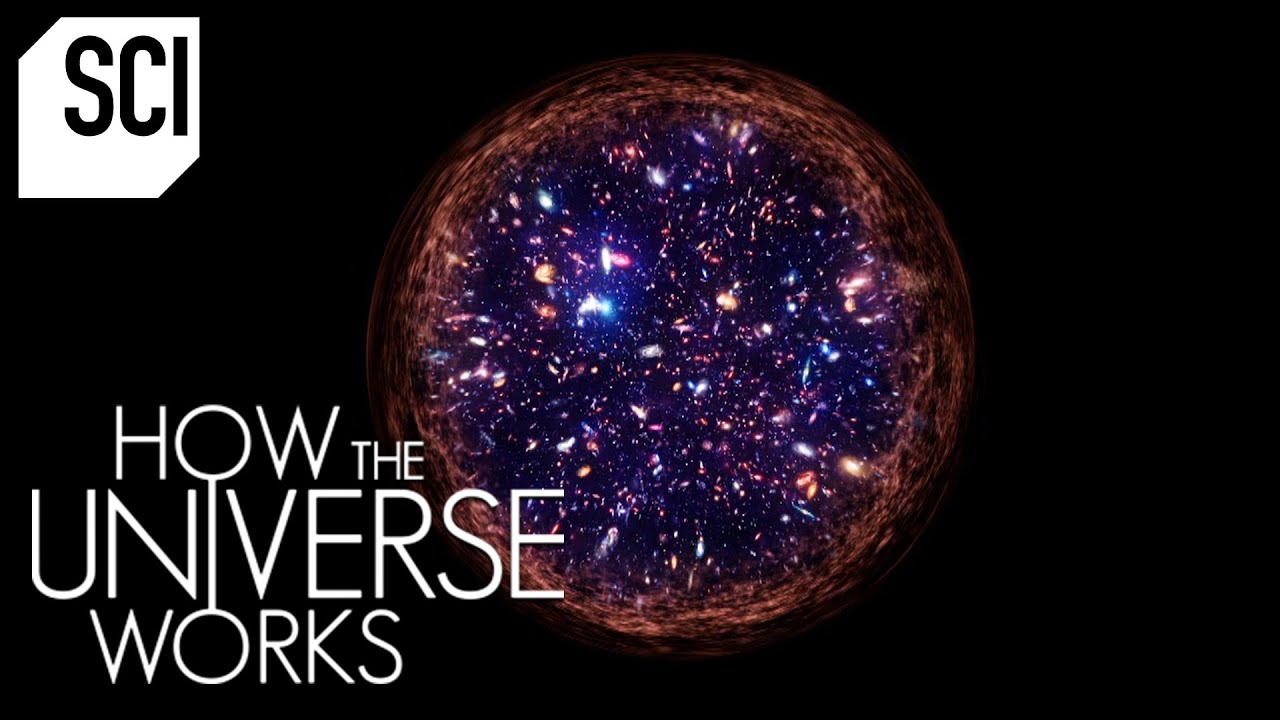Curl error:
Welcome to the fascinating journey through our solar system! It’s a place of spectacular wonders, from fiery planets to icy comets. The solar system is a vast expanse filled with celestial bodies that orbit our vibrant star, the Sun. Understanding its mechanics not only sparks our curiosity but also deepens our appreciation for the cosmos.
In this exploration, we’ll dive into the various components of the solar system, including planets, moons, asteroids, and comets. As we navigate through these elements, we’ll uncover how they interact and influence each other in a delicate cosmic dance. So, let’s embark on this stellar adventure together!
The Sun: The Heart of Our Solar System

The Sun is more than just a bright light in our sky; it’s the powerhouse of our solar system. This massive ball of gas, primarily composed of hydrogen (about 74%) and helium (around 24%), is the central hub around which all other celestial bodies revolve.
Here are some fascinating facts about the Sun:
- Size: The Sun accounts for approximately 99.86% of the total mass of the solar system.
- Temperature: At its core, the temperature reaches around 15 million degrees Celsius, while the surface is about 5,500 degrees Celsius.
- Energy Production: Through nuclear fusion, the Sun converts about 600 million tons of hydrogen into helium every second, releasing immense energy in the process.
The Sun's gravitational pull is what keeps the planets, asteroids, and comets in orbit. Without it, we wouldn’t have the distinct paths that define each planet’s journey around the Sun. Think of it as the glue that holds our solar system together!
Moreover, the Sun plays a crucial role in supporting life on Earth. Its light and warmth drive weather patterns and photosynthesis, making it indispensable for our planet's ecosystems. So, while it may look like just another star in the night sky, the Sun is truly the heart of our solar system, sustaining life and influencing countless cosmic phenomena.
Also Read This: Is Dailymotion Free to Watch or Is There a Cost Involved
The Planets: An Overview
The solar system is a fascinating place, filled with a variety of celestial bodies that each tell a unique story. At its core are the eight major planets, each with distinct characteristics, orbits, and positions from the Sun. Let's take a closer look at these amazing worlds!
- Mercury: The closest planet to the Sun, Mercury is a small, rocky planet with extreme temperatures—boiling hot during the day and freezing cold at night.
- Venus: Often called Earth's twin because of its similar size, Venus has a thick atmosphere filled with carbon dioxide, leading to a runaway greenhouse effect and scorching temperatures.
- Earth: Our home planet is unique because it supports life. With a perfect balance of water, atmosphere, and temperature, Earth is a remarkable place in the universe.
- Mars: Known as the Red Planet, Mars has the largest volcano and canyon in the solar system. Scientists are actively exploring whether it could have supported life in the past.
- Jupiter: The giant of the solar system, Jupiter is a gas giant with a stunning Great Red Spot, a massive storm that has been raging for centuries.
- Saturn: Famous for its stunning rings, Saturn is another gas giant with many moons, including Titan, which has lakes of liquid methane!
- Uranus: An ice giant with a unique tilt, Uranus rotates on its side, leading to extreme seasons and unusual weather patterns.
- Neptune: The farthest planet from the Sun, Neptune is known for its deep blue color and strong winds, which can reach speeds of over 1,200 miles per hour!
Each of these planets plays a crucial role in the dynamics of our solar system, creating a mesmerizing dance that captivates astronomers and enthusiasts alike.
Also Read This: How to Make an FB ID Without Phone Numbers on Dailymotion
Moons, Asteroids, and Comets: The Minor Bodies
Beyond the eight planets, our solar system is populated with a plethora of minor bodies, including moons, asteroids, and comets. These celestial objects add incredible diversity to our cosmic neighborhood!
Moons
Moons, or natural satellites, orbit planets and vary widely in size and composition. For example:
- Earth's Moon: Our moon is about 1/4 the size of Earth and has a significant impact on our tides.
- Europa: One of Jupiter's moons, Europa, is believed to have a subsurface ocean, making it a prime candidate for searching for extraterrestrial life.
- Titan: Saturn's largest moon, Titan, has a thick atmosphere and bodies of liquid methane, making it a unique world to study.
Asteroids
Asteroids are rocky remnants from the solar system's formation, mostly found in the asteroid belt between Mars and Jupiter. They range in size from a few meters to hundreds of kilometers.
| Name | Diameter (km) | Location |
|---|---|---|
| Ceres | 940 | Asteroid Belt |
| Vesta | 525 | Asteroid Belt |
| Hygiea | 431 | Asteroid Belt |
Comets
Comets are icy bodies that release gas or dust. When they approach the Sun, they create a glowing coma and tail, which can be spectacular to observe. Famous comets include:
- Halley's Comet: Visible from Earth every 76 years, Halley's Comet last appeared in 1986.
- Comet NEOWISE: This comet graced our skies in 2020 and became a social media sensation due to its stunning appearance.
Together, these minor bodies enhance our understanding of the solar system's history and the processes that have shaped it over billions of years.
Also Read This: How to Watch Sensitive Content on Dailymotion Safely
The Formation of the Solar System
The formation of our solar system is a fascinating tale that begins around 4.6 billion years ago. It all started with a giant molecular cloud, a mix of gas and dust, that collapsed under its own gravity. This process led to the creation of the Sun at the center, surrounded by a rotating disk of material that eventually formed the planets.
Here’s a simplified breakdown of the formation process:
- Solar Nebula: A cloud of gas and dust collapsed, probably triggered by a nearby supernova.
- Protostar Formation: As the material collapsed, it heated up, forming a protostar – the early Sun.
- Planetesimals: Small particles began to stick together, forming larger bodies called planetesimals.
- Protoplanets: These planetesimals collided and merged, creating protoplanets.
- Planetary Differentiation: Over time, these bodies cooled and differentiated into layers, leading to the solid planets we know today.
This process took millions of years. The inner planets, like Mercury and Earth, formed from metal and rock, while the outer planets, like Jupiter and Saturn, gathered gas, becoming gas giants. Understanding this formation gives us insights into not just our solar system but also how other planetary systems might evolve.
Also Read This: How to Become a Dailymotion Partner: A Step-by-Step Guide to Monetization
Exploration of the Solar System: Past and Present Missions
Exploring our solar system has been a thrilling journey, filled with groundbreaking missions that have expanded our understanding of space. From the early days of space exploration to current endeavors, each mission has contributed invaluable knowledge about our celestial neighbors.
Here are some notable missions that highlight our exploration efforts:
| Mission | Launch Year | Key Achievements |
|---|---|---|
| Voyager 1 & 2 | 1977 | First to visit Jupiter and Saturn; provided detailed images and data. |
| Hubble Space Telescope | 1990 | Revolutionized our view of the universe; provided stunning images of distant galaxies. |
| Mars Rover Curiosity | 2011 | Explored the Martian surface; confirmed that Mars had conditions suitable for life. |
| New Horizons | 2006 | First spacecraft to fly by Pluto in 2015, revealing its complex geology. |
| James Webb Space Telescope | 2021 | Designed to observe the universe's early galaxies and study exoplanets. |
These missions illustrate humanity's quest to uncover the mysteries of our solar system, showing just how far we've come in our understanding of the cosmos. Each success builds on the last, paving the way for future explorations. Who knows what exciting discoveries lie ahead?
Curl error: OpenSSL SSL_connect: SSL_ERROR_SYSCALL in connection to chatgpt4online.org:443
Also Read This: Learn How to Play Ads on Dailymotion Videos in Blogger with Video Help
7. Future of Solar System Exploration
The future of solar system exploration is as exciting as it is promising! With advancements in technology and a growing interest in space, scientists and space agencies are gearing up for some incredible missions. Here are a few key areas we can expect to see:
- Human Missions to Mars: NASA and private companies like SpaceX are developing plans to send humans to Mars within the next decade. These missions aim to not only explore the planet but also to establish a sustainable presence.
- Sample Return Missions: Missions like Mars Sample Return promise to bring Martian soil and rock samples back to Earth for detailed analysis. This could answer fundamental questions about the planet's past and its potential for life.
- Exploration of the Outer Planets: The James Webb Space Telescope and missions like Europa Clipper are set to explore the icy moons of Jupiter and Saturn. These missions will investigate whether these moons could harbor life beneath their frozen surfaces.
- Asteroid Mining: As technology progresses, the possibility of mining asteroids for precious metals and resources is becoming a reality. Companies are looking into the feasibility of extracting materials from these celestial bodies.
- Interstellar Probes: Concepts like the Breakthrough Starshot aim to send tiny, light-driven spacecraft to nearby stars, such as Proxima Centauri. Although this is still in the conceptual stage, it showcases humanity’s ambition to reach beyond our solar system.
8. Conclusion: Understanding Our Cosmic Neighborhood
Understanding our solar system is not just about knowing the planets and their orbits; it's about grasping the intricate dance of celestial bodies that make up our cosmic neighborhood. By exploring these wonders, we gain insights into the origin of Earth and the universe itself. Here’s why it matters:
- Awareness of Our Place: Studying the solar system helps us understand Earth’s unique position in the cosmos, making us appreciate the conditions that allow life to thrive.
- Scientific Knowledge: Each mission contributes to our understanding of fundamental scientific principles, from gravity to geology and beyond.
- Inspiration for Future Generations: As we explore, we inspire the next generation of scientists, engineers, and dreamers to reach for the stars.
- Technological Advancements: The challenges of space exploration drive technological innovations that can benefit life on Earth.
So, whether you’re watching captivating space documentaries on Dailymotion or following the latest missions, remember that each exploration brings us one step closer to unlocking the mysteries of our universe!
 admin
admin








